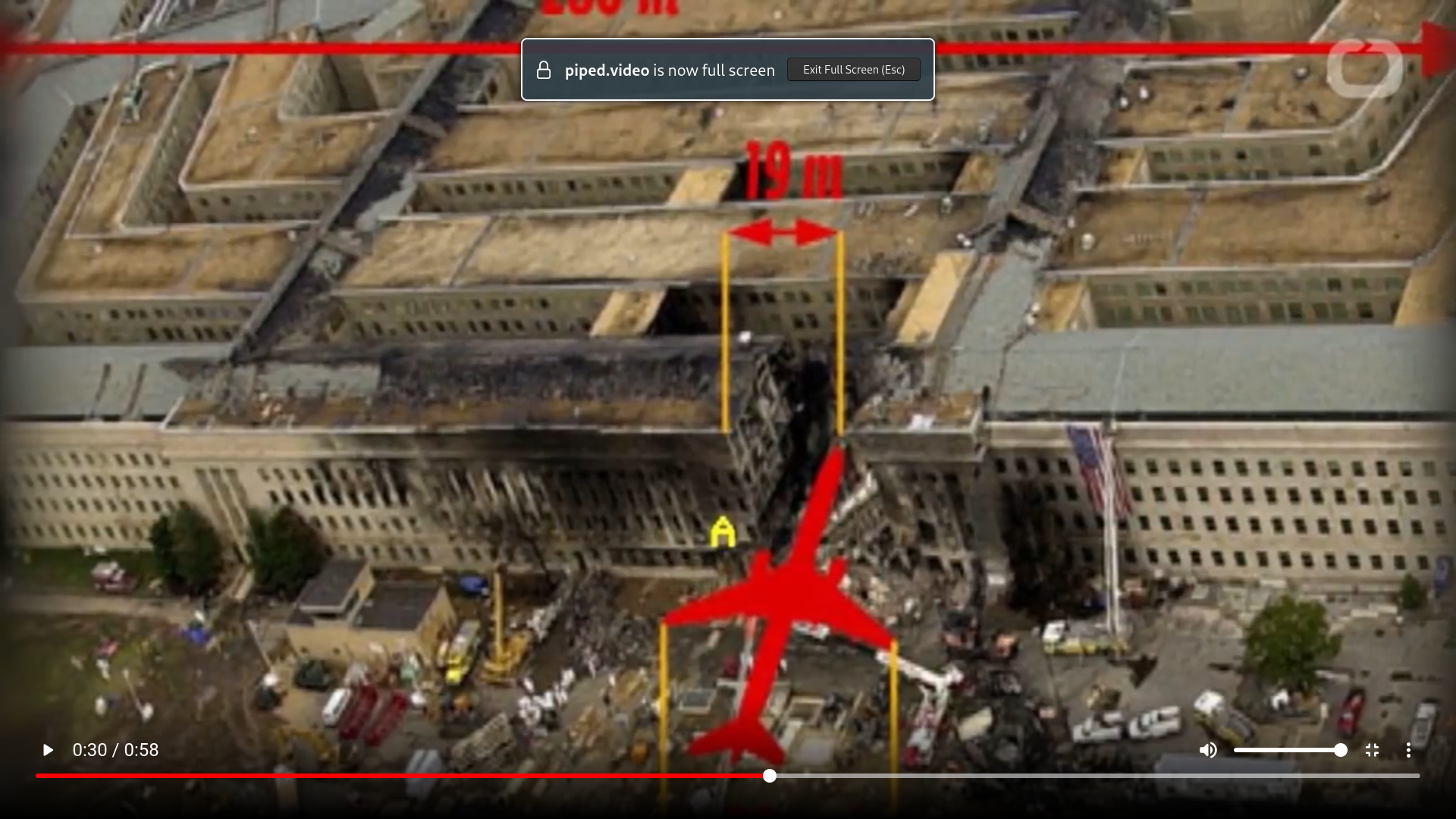

My experience with phone zoom has been underwhelming so far, but I would like to check out the Samsung S2x’s 10x zoom when I have the chance!
Still, I really like using binoculars because they transport me next to what I am looking at and do so in very high definition. I do have >100€ binoculars though, colors look very nice through them. I think it will be difficult to replicate via a screen.












Ooh, cool! 😁 That detector seems to be working only in “Geiger mode”, which means that it can count the number of X-rays/Gamma particles but it does not estimate their energy. So, the dedicated devices are still better in that they allow you to identify the source of the radiation by measuring the counts and the energy distribution simultaneously.
It probably would not be too difficult to build the open gamma detector into something like a pinephone. I don’t think that has been done yet.